All Stories
-
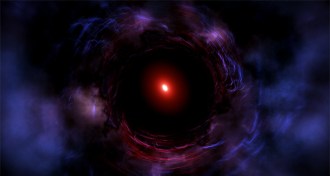 Astronomy
AstronomyMassive red, dead galaxy spotted in young universe
A hefty red, dead galaxy may raise questions about how galaxies formed in the early universe.
-
 Science & Society
Science & SocietyIf there are curious young minds, science will survive
Acting Editor in Chief Elizabeth Quill discusses the unending search for scientific knowledge.
-
 Health & Medicine
Health & MedicineReaders question mental health research
Maintaining mental health, protecting ocean critters and more in reader feedback.
-
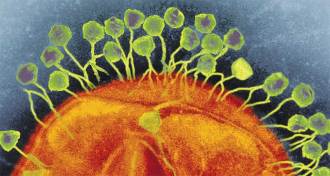 Life
LifeCRISPR had a life before it became a gene-editing tool
Before it was a tool, CRISPR was a weapon in the never-ending war between microbes and viruses
By Rosie Mestel -
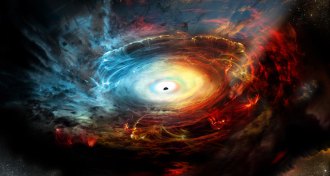 Astronomy
AstronomyEvent Horizon Telescope to try to capture images of elusive black hole edge
Network of radio observatories will attempt a first-ever glimpse at an event horizon.
-
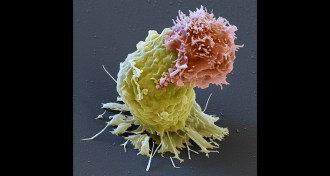 Health & Medicine
Health & MedicineEngineered immune cells boost leukemia survival for some
Engineered immune cells can extend life for some leukemia patients.
-
 Environment
EnvironmentWhen coal replaces a cleaner energy source, health is on the line
Health concerns prompted a shift from nuclear power to coal. But that shift came with its own health troubles, a new study suggests.
-
 Materials Science
Materials ScienceBone-inspired steel cracks less under pressure
Steel that’s structured like bone resists cracks better that the traditional form of the heavy-duty building material.
-
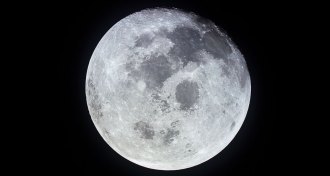 Planetary Science
Planetary ScienceCompeting ideas abound for how Earth got its moon
The moon may have formed from one giant impact or from about 20 small ones.
-
 Psychology
PsychologyOut-of-body experiments show kids’ budding sense of self
Sensing that “my body is me” starts early and develops over many years.
By Bruce Bower -
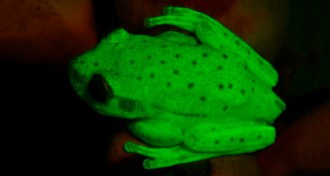 Animals
AnimalsFirst fluorescent frogs might see each others’ glow
A polka dot frog, the first known fluorescent amphibian, may get a visibility boost in twilight and moonlight.
By Susan Milius -
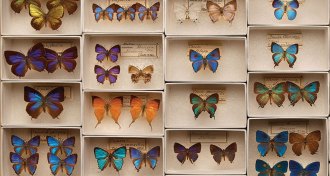 Science & Society
Science & Society‘Specimens’ goes behind the scenes of Chicago’s Field Museum
The Field Museum of Natural History in Chicago puts seldom-seen specimens on display in a new exhibit to highlight the crucial role of museum objects in scientific research.